Electrical Planning for Homes
- TheHouseKraft
- Jan 30
- 4 min read
Updated: Jan 30
Plan Electrical Planning Before Start of Interiors Design Execution
The journey of creating a cozy, functional home often culminates in the moment when you finally decorate the interiors. However, if you dive right into interior design without a solid electrical plan, you might find yourself facing some unexpected challenges down the road. Let’s explore how to lay the groundwork for a successful electrical setup before you start decorating your space.
Understanding Your Electrical Needs
Before any paint is splashed on the walls or furniture is arranged, it’s vital to understand what your electrical needs will be. This step involves considering how you and your family use each room.
Room Functionality: Start by asking yourself how each room will be used. For example, a kitchen often requires power for appliances, while a living room might need outlets for entertainment systems.
Growth Considerations: Think about your future needs too. If you plan to add more gadgets, like smart home devices, it’s wise to plan for additional outlets.
When I was setting up my own home office, realizing that I needed more outlets than I initially planned was a huge learning curve. I ended up running extension cords everywhere!
Tip: Make a list of every appliance and device that will require a power source. You can even sketch out your ideal layout to visualize outlet placements.
Collaborate with Professionals
Once you’ve established your needs, it’s time to get professional help. Collaborating with an electrician can save you time and headaches.
Expert Insight: a team that is well trained, can have deep insights and foresight to make sure accessing points to avoiding potential issues you might not even think about. For instance, they can help you layout circuits in a way that prevents overloads, ensuring safety.
Code Compliance: Local electrical codes must be followed, which your electrician will be familiar with. This is crucial, especially for safety reasons.
Tip: Planning a switch’s for appliances into a common board, will save time to remembering the switches & can avoid ghost power consumption!
Determine Placement of Outlets and Switches
Once you’ve collaborated with a professional, it’s time to think about where to place your outlets and switches.
Strategic Placement: Consider where you’ll use devices. For example, placing outlets near nightstands or sofa tables makes charging devices so much easier.
Tip: In my living room, I once put a lamp on a side table but forgot to position the switch conveniently. Now, every time I want to turn it on, I have to make a little awkward shuffle!
Accessibility: Don’t forget about accessibility. Switches should be easy to reach, especially in common areas.

Unplanned Switch Point behind Furnitures Lighting control: If your wall electrical panel has space switch socket then utilize them to divide and control lighting.
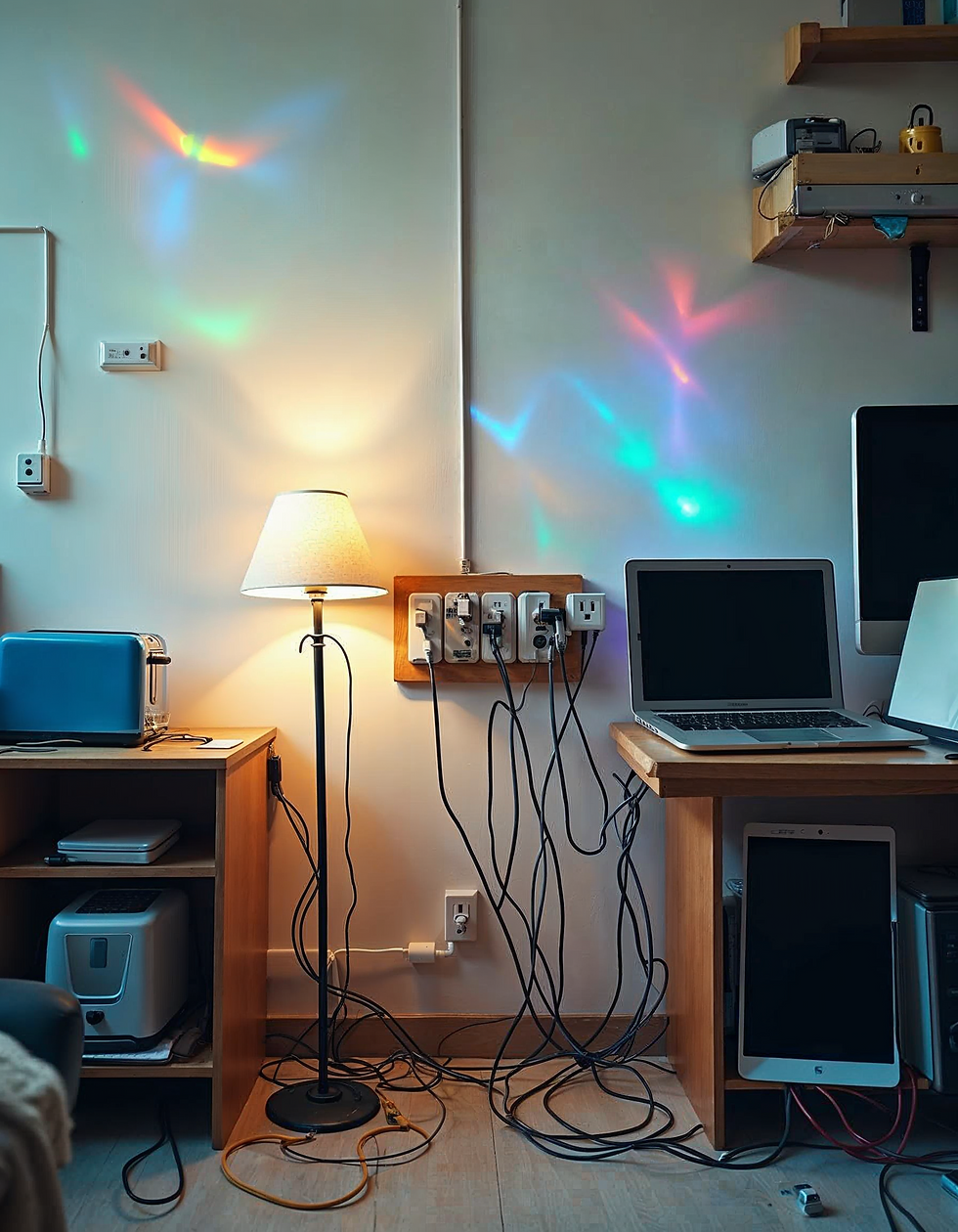
Tip: Living has four 8W light which can be divided to 2 diagonally operation lights per switch instead of 4 lights being controlled by 1 switch. This can save unnecessary power usage
Tip: If you run out of switches, check if you have a fan switch along with the regulator. if a fan switch exits then considering using the regulator to control the fan & the switch can be used to control some other lighting!
Consider Lighting Options
Good lighting can transform a space, making planning for it an essential part of your electrical strategy.
Layered Lighting: Think about incorporating multiple lighting schemes, such as ambient, task, and accent lighting. This helps to set the right mood for every occasion.
Energy Efficiency: opt for LED lights to save on energy costs in the long run. They last longer and consume less power, which is always a win-win.
Also read HK Lights
" When I changed my bulbs to LED in my home, I was pleasantly surprised by how much brighter and more inviting my space became, all while cutting down my electric bill "
Plan for Technology Integration
In our modern world, technology plays a significant role in our homes, so it's wise to include this in your electrical planning.
USB C-type Socket: USB c type is a great add on especially at study table side or bedside table
Smart Home Devices: If you’re considering the integration of smart home systems, ensure your electrician helps you set up necessary wiring for things like smart speakers, lighting, and security systems.
Wi-Fi Considerations: Many devices require a strong Wi-Fi signal, so planning for outlets near your router is beneficial too.
After adjusting my setup to fit smart technology, I was amazed at how controlling the lights from my phone transformed my daily routine.
Review and Revise
Once all your plans are laid out, it’s a good idea to review and revise as necessary.
Mock Layouts: Its important to understand placements visually as just planning electrical points will also clutter a clean looking design, so would be advisable to see a rendition of the planned layout before starting off the execution.
Future Flexibility: Consider designing around flexibility. You might want to rearrange the furniture or add new devices later, so having additional outlets or strategically planned wiring can be incredibly useful.
9 Essential Electrical Questions Answered
1. What are the Basic components Involved in Electrical Wall Switch point creation?
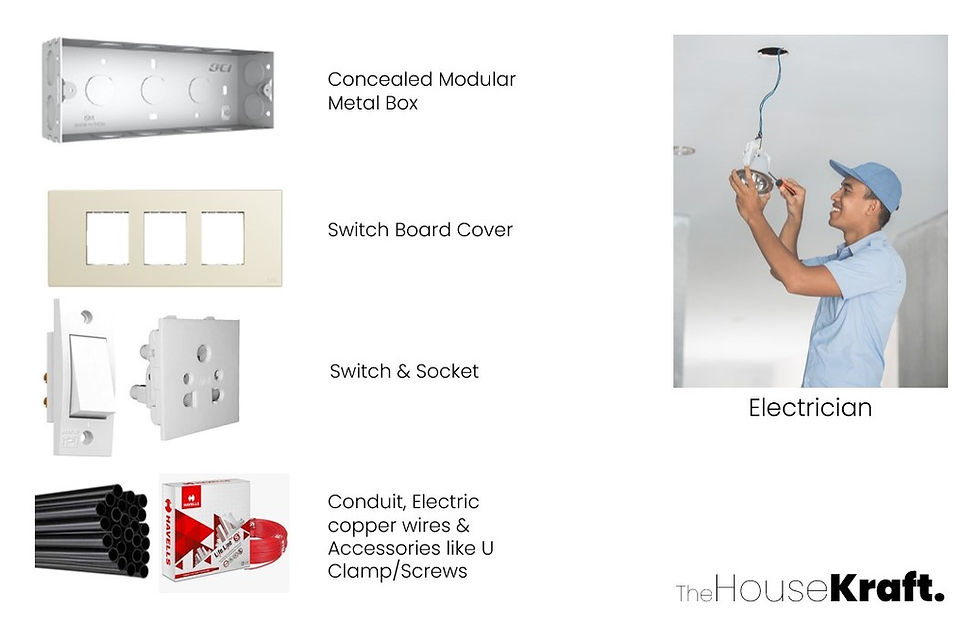
What are the Types of Electrical Wall Switch Panel/point’s available
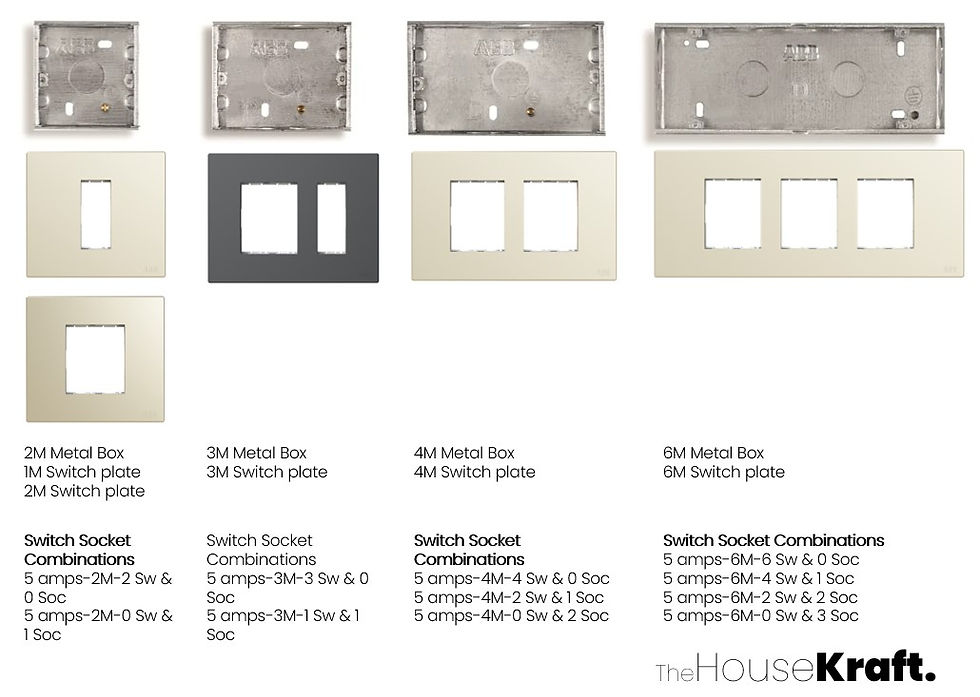

3. What are the Types of Switch/Socket for residential use
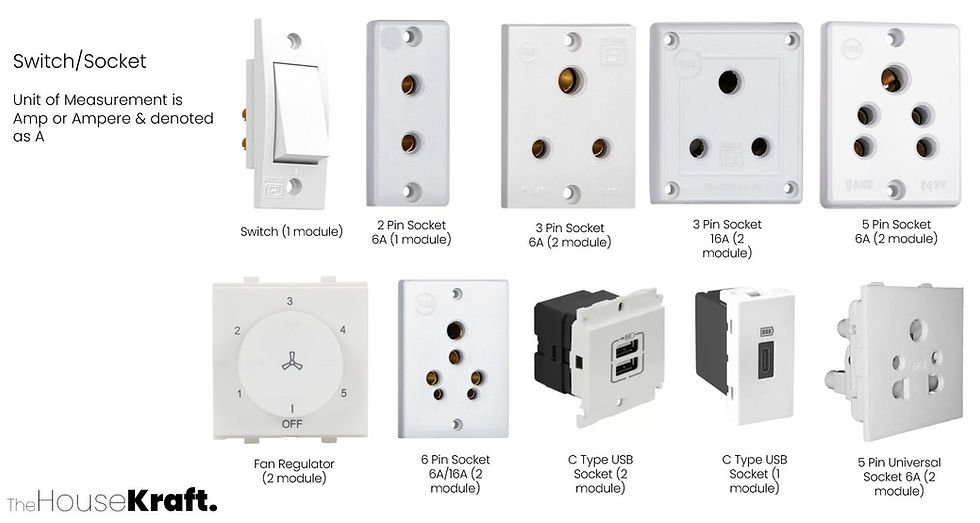
4. Identifying most common House-hold wires!
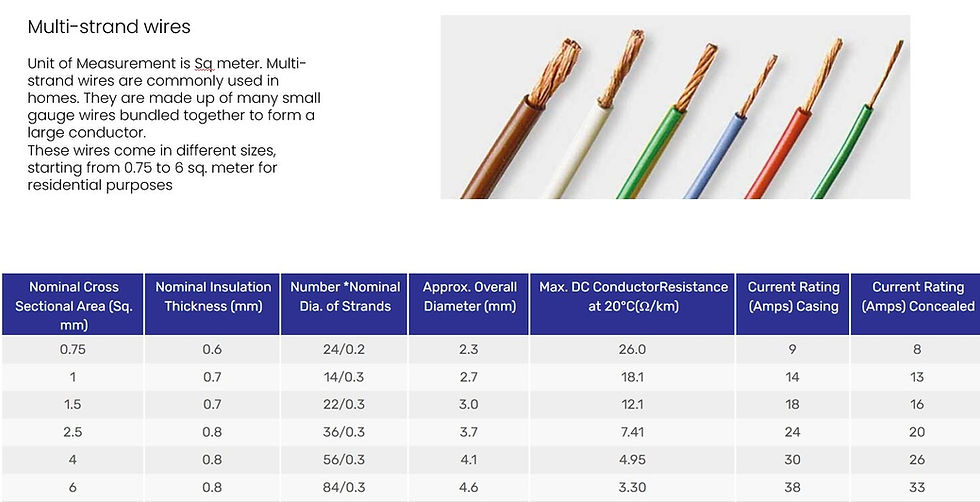
5. Identifying other most common House-hold wires!

7. Types of Indoor Lighting (non-decorative)
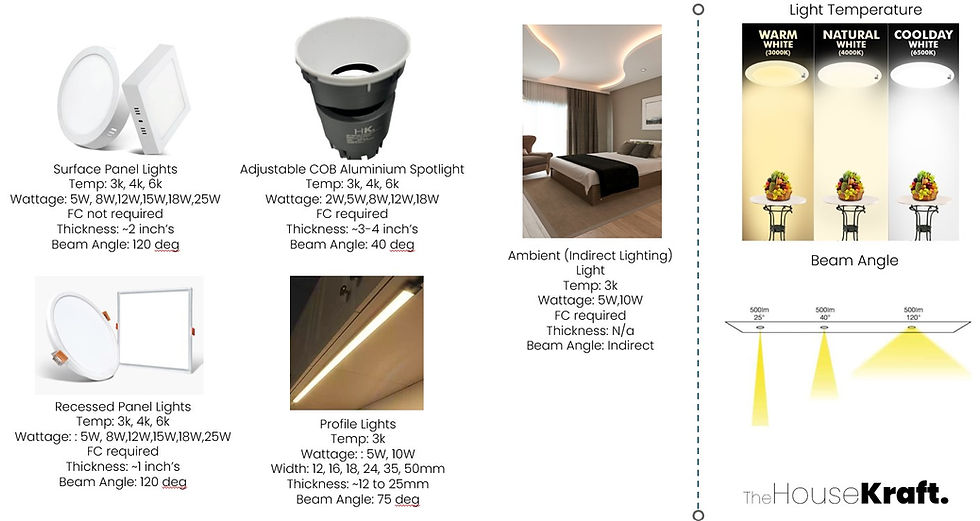
8. How to choose the right brightness for an area?
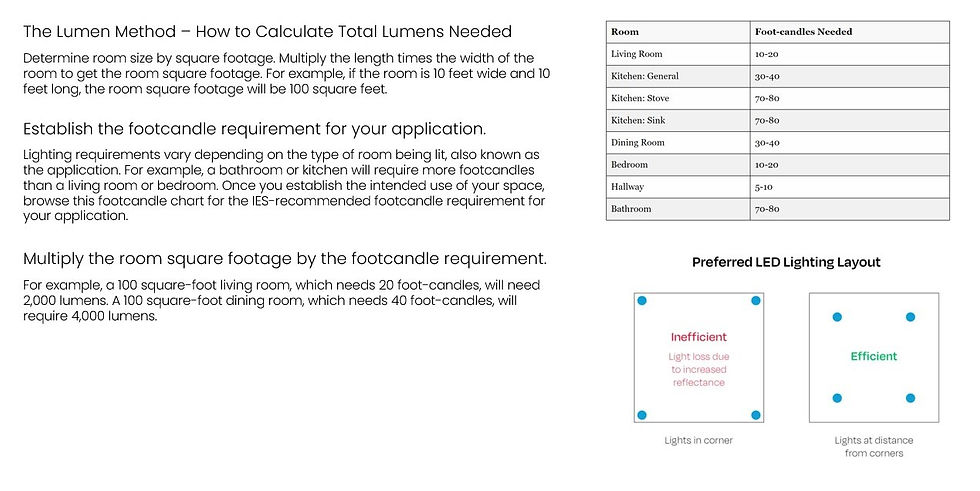
9. Signs look out for electrical related damages
While there are many evident signs that you need to update electrical wiring at your home, some are not so obvious. The following list will give you some insight
Flickering Lights
Fuses that burn out regularly
Burning Smell Coming From Electronic Appliances or Switchboards
Electrical boards/Sockets that overheat & hot to touch
Plug Points Without Earthing
Washrooms, the Kitchen, and Other Areas Exposed to Moisture Have No Ground Fault Circuit Interrupter or Miniature Circuit Breaker (Gfci or MCB)

MCB (Miniature Circuit Breaker) Consistent Buzzing Sound From Sockets, Lights, or Appliances
Usage of Extension Cords to Compensate for the Lack of Plug Points
What is TheHouseKraft Electrical Standard?
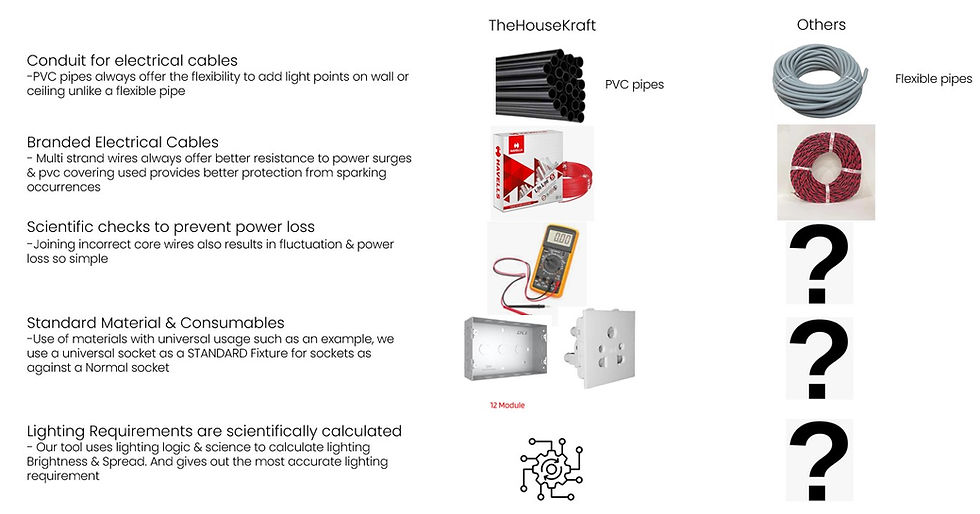
Read more on Lighting
Comments